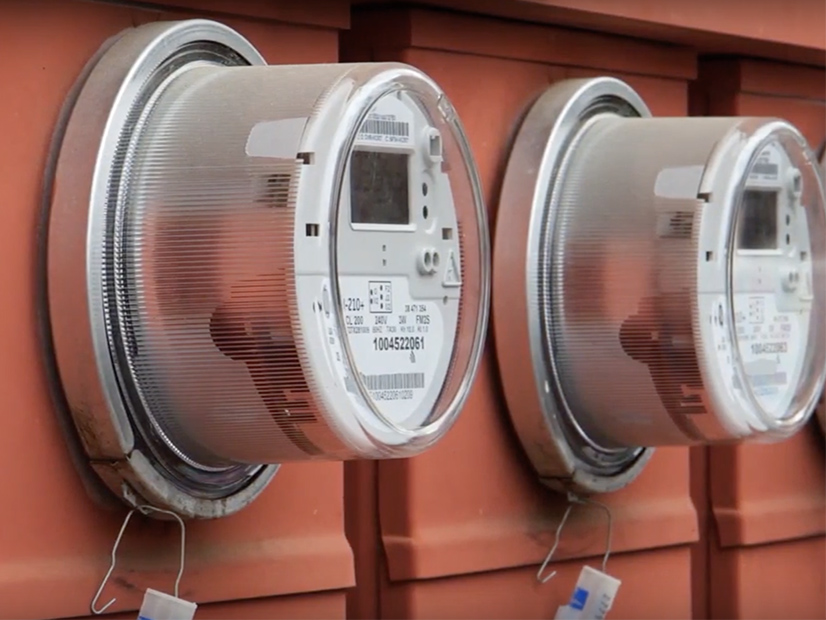ISO-NE’s proposed set of market rules to implement FERC Order 2222 carried the day Wednesday as stakeholders approved its compliance filing and rejected several amendments opposed by the RTO.
The NEPOOL Markets Committee recommended that the Participants Committee approve the filing, which must be submitted by Feb. 2, and rejected six amendments proposed by Advanced Energy Economy (RM18-9).
Order 2222 is intended to allow distributed energy resource aggregations to provide all wholesale services that they are technically capable of providing, and the RTO has been working on its compliance filing for the past year. (See “AEE Offers Amendments for Order 2222 Compliance Proposal,” NEPOOL Markets Committee Briefs: Oct. 13-14, 2021.)
AEE proposed a series of individual amendments that are not part of an overall package, including allowing sub-metered load to participate as demand response and sub-metering by third parties. A proposed amendment to incorporate a periodic review requirement was withdrawn by AEE following consultations with the RTO.
Several stakeholders abstaining on the amendment votes said they needed more time to consider the tariff changes and would look forward to having another chance to vote on at least some of them at the Jan. 6 Participants Committee meeting.
The NEPOOL Transmission Committee is scheduled to vote on the Order 2222 proposals Dec. 13, as the Reliability Committee is the following day.
Filing Specifics
The compliance filing passed the MC with 71.11% in favor, with16.7% of the Generation sector in favor, with one abstention; 16.7% of the Transmission sector in favor; 14.31% of Suppliers in favor, with 2.39% opposed and five abstentions; 16.7% of Publicly Owned Entities in favor; 6.7% of Alternative Resources in favor, with 9.8% opposed and two abstentions; and 16.7% of End Users opposed, with one abstention.
The RTO said that additional tariff changes associated with the energy and ancillary services markets were designed to address stakeholder feedback. For example, one change would clarify that a DER aggregation with non-storage resources may participate using the continuous storage facility or binary storage facility model.
 UMass Amherst in 2021 is installing 4 MW of solar canopies with Tesla battery storage to produce electricity. | UMass
UMass Amherst in 2021 is installing 4 MW of solar canopies with Tesla battery storage to produce electricity. | UMassOther changes would clarify DER size requirements; include procedural details in the registration coordination process; further clarify responsibilities of the host utility (or its agent) and DER aggregators; and clarify the dispute resolution process between DER owners and aggregators.
Another change would require a DER aggregation’s designated entity or demand designated entity to comply with both ISO-NE’s and the host utility’s procedures and requirements to the extent applicable.
The proposed effective date for the changes to the Forward Capacity Market would be during the fourth quarter of 2022 to allow the RTO to implement changes in time for the Forward Capacity Auction 18 qualification process, which starts in the spring of 2023.
Assuming that the commission accepts the compliance filing by Q4 2022, distributed capacity resources will be able to participate in FCA 18, which will be conducted in February 2024 for the capacity commitment period beginning June 1, 2027.
The proposed effective date for the E&AS markets changes would be in the fourth quarter of 2026 to allow resources to be commercial and integrated before the CCP beginning June 1, 2027.
Amendment Details
The MC voted against AEE’s proposed amendment to expand baseline calculation optionality for DR resources and aggregations by using an add-back baseline methodology under which such resources would receive no positive settlement payments for either the day-ahead or real-time energy market. The amendment received only 26.78% in support.
AEE characterized the proposed changes as designed to further ensure a facility would be unable to receive payments if they take no action to reduce their consumption from the grid.
The MC also voted against (with only 32.98% in favor) a proposed amendment to expand baseline calculation optionality for DR resources and aggregations by allowing generation to count as load reduction.
The RTO noted in its memo on the amendments that its proposed implementation of Order 745, which stipulated that DR providers be compensated at the same rates as generators, was opposed by a coalition of DR providers and an industrial energy consumer group.
“These parties wanted to be able to measure demand response performance by directly metering behind-the-meter generation, which is what AEE’s proposed revision would allow. The commission considered the evidence presented and found [ISO-NE’s] approach to be the preferred one,” the RTO said.
The MC also voted against proposed amendments to:
- allow sub-metered load to participate as DR (36.02% in favor);
- allow DERs associated with an aggregation to use a third-party meter reader to meet its metering and meter data service requirements (40.7% in favor);
- remove barriers for DERs that can provide ancillary services by removing the requirement to clear in the energy market if providing spinning reserves (35.9% in favor); and
- remove barriers for DERs that can provide ancillary services by allowing sub-metering for resources providing regulation (32.56% in favor).


